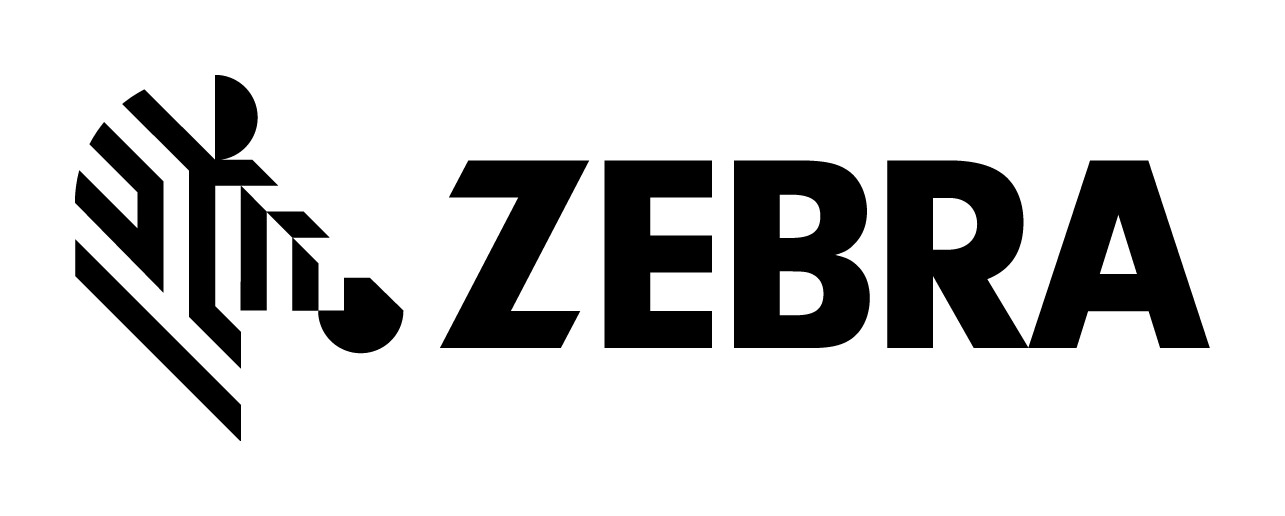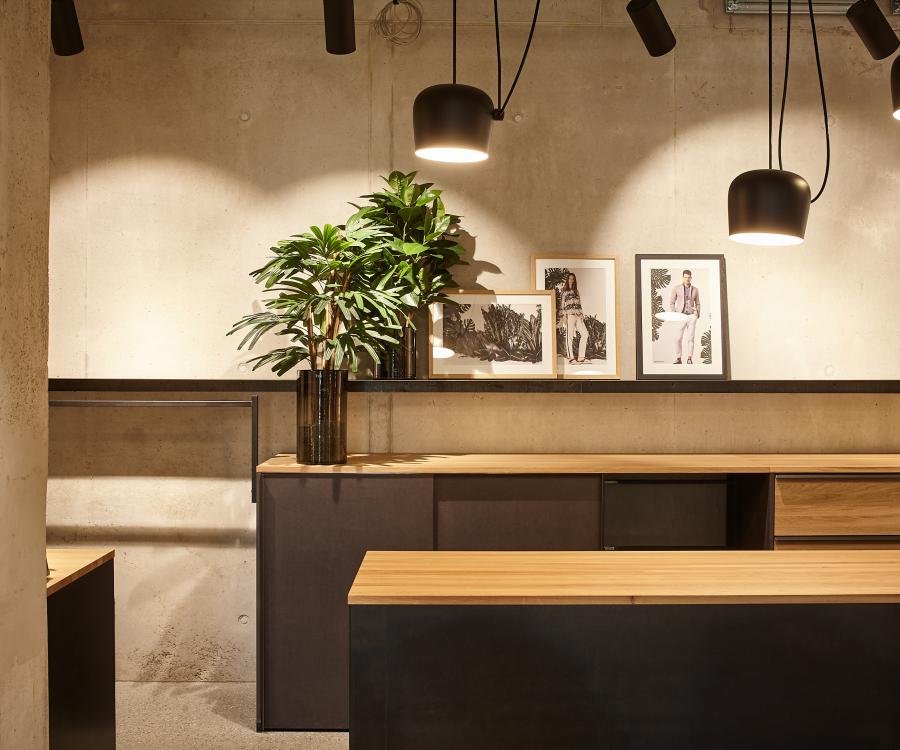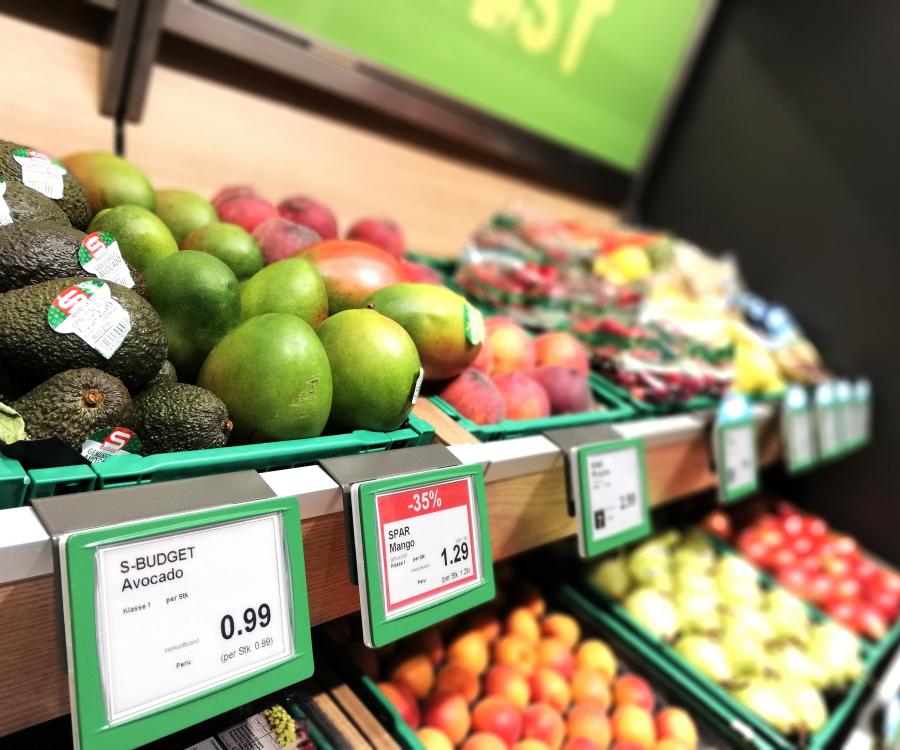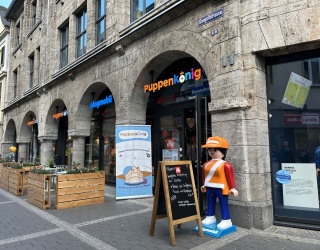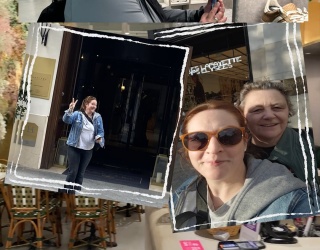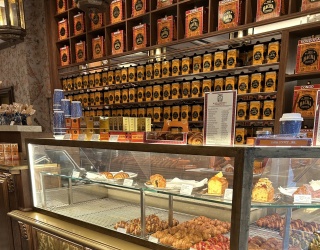David Stain from global technology provider, Zebra Technologies, has unrivalled knowledge and expertise when it comes to retail store design and technology deployment. As EMEA Head of Market Development for retail and hospitality, David is in the privileged position meeting with Heads of Retail business on a regular basis across the EMEA network to understand the challenges they face in today’s digital world. David shares his insight on these challenges and the trends currently present in the evolution of in-store design.
Managing design evolution and meeting the perceived demands of customers is a wide, exciting and varied topic, get it right and the balance sheet and footfall can be impressive, but get it wrong, and todays powerful e-commerce industry will pounce and prosper at the expense of retailers.
Looking at retail strategy in its simplest terms, there are two core objectives the industry is looking to address:
1. Getting customers to store
2. When in-store, making a sale and, increasing the size of the sale or basket size
Single minded retailers are focusing their entire marketing, technology and store refresh budgets to this end.
The Shopper
To be able to design a store which meets the needs of today’s consumer, it is imperative to understand their characteristics. Today we are dealing with a highly informed digital savvy consumer, who expects their products to be value for money, and to be able to access them both easily and instantly. One size no longer fits all, so if the shopping experience is not personal and bespoke, the ‘connected consumer’ will swap their footfall for clicks.
The landscape of retail has changed over the last 5 years, the internet is here and usage is growing at an exponential rate, retailers recognise they must embrace this channel and align it with their other channels if they are to make best use of the opportunity. This entails the need to incorporate online supporting infrastructure effectively into store design to facilitate the varied ways in which customers now expect as a norm to purchase and obtain goods.
Order online and pick up in-store, order online for home delivery, and order in-store for home delivery are all necessary and fundamental offerings which must be functional for today’s digital savvy customer.
The Omni-Channel retailing era is here and the need for a seamless approach to the consumer experience through all available shopping channels, i.e. bricks-and-mortar, mobile devices, computers, call centre, television and so forth, is a necessity.
Of course, starting with a blank canvass on a new build makes this design integration easier as opposed to re-shaping existing store layouts and land footprints which can be more of a challenging process. However, on any design concept, whether it a high street store, supermarket or shopping mall, keeping focused on the core objectives adds clarity and direction.
The Shopping Experience
Whilst the in-store design will naturally impact on the shopper experience, retailers face new challenges and opportunities from the consumer who no longer wants to leave their car, the order online and pick up on the way home scenario appeals to consumers across EMEA . Hence now the shopping experience extends beyond the point of entry though the retail store doors, and this is something that retailers across EMEA are approaching differently. For example a large French retailer is fully embracing the drive through concept in order to enable their click and collect channel, with designated traffic lanes, vehicle registration ID linking to loyalty cards to identify the customer, assign order pick up and crucially up sell with complimentary goods on promotional screens as they queue in their car on route to the pick-up point. Whilst the drive through concept is not new, its diversification into markets such as grocery and apparel demonstrates how retailers are meeting the requirements of the demanding savvy consumer, and also in the process attempting to make their basket bigger.
When customers enter the store, this offers an opportunity for the retailer to take them on a journey. The flow of consumers in-store and guided shopping has been around for many years, an example of this would be the retailer IKEA. From point of entry to store the consumer is in essence placed on a mapped out route through the store. Whilst this works very well for the retailer and its merchandise type, grocery and small format stores would be compromised somewhat by adopting the approach as some consumers need access to specific merchandise quickly. While the core objectives still prevail, the consumer needs in this instance have changed.
The Store Design
With that point in mind, it is important to recognise that three key variables affect store design, consequently, when developing a design, an appreciation that one design does not fit all is essential in the process -
1. The Consumer
Knowing the consumer and what their habits and requirements are is paramount. Big data is a buzz word we are hearing used a lot, but it can play a key role in understanding the consumer. When tracking its consumer in-store using thermal imaging, a large Dutch grocery chain realised that 17% of its customers were taking a third longer on their weekly shop, spending long periods of time standing still. The inquisitive Dutch retailers dug a little deeper and found that these slower shoppers were in fact allergic to certain foods, and consequently had to spend time checking the ingredients label.
To overcome this obstacle, the retailer developed a loyalty card which was loaded with the allergy information tailored to the user, based on their allergic disposition. They also created a large database with the ingredients present in each of the products in their store. This meant as the shopper went round the store and scanned items into their trolley, were they to scan in an item which contained ingredients they were allergic to, the card would alert the scanner which in turn would alert the shopper that this product was not appropriate for them.
The benefits of this scheme were not only that the grocery chain managed to decrease the shopping time of the consumer, significantly improving the experience, but it also made the experience very personal. Furthermore, because all of their own brand products were on the database while some branded products chose to opt out of the scheme, it meant they saw an approximate 30% increase in sales of their own branded products.
2. The Merchandise
Detailed merchandise positioning in-store and its association with other merchandise types when formatting store design and consumer flow is a moving target. What makes sense for one region or country does not necessarily work for another.
The consumer experience is also different by merchandise types, fashion being a very tactile and visual experience, where the use of ‘magic mirrors’ by Burberry for example has brought the digital and physical worlds together. The fashion retailer has attached radio-frequency identification (RFID) tags on some of their clothes, so when shoppers wearing the pieces approach the ‘magic mirrors’, the mirror transforms into a screen that shows a film of how the garment was made and what it looked on the catwalk.
The merchandise type can also impact on how informed and equipped the store associate needs to be, take the electronic goods market, knowledge of product specification, upgrades and available warranty’s is essential for staff to ensure they are more informed than their connected consumers. The use of tablets therefore becomes a crucial companion for in-store associates to ensure they stay one step ahead.
3. The Technology
Whilst larger out-of-town shops are often able to display all inventory on the shop floor, for smaller high street stores, this is often not physically possible. In both small and large store formats however inventory availability and swift access to that inventory remains key and embracing technology can help immensely. Take the deployment of RFID tagging on individual items in-store, the numbers speak for themselves:
- Inventory Accuracy – can move from an industry average 63% to 95%
- Labour savings – Inventory-taking productivity can increase by up to 96%
- Out-of-stock reduction - by as much as 50%
Most crucially, the above can all accumulate in sales increases of up to 20%.
Conclusion
As has been discussed, the retail environment today is more unforgiving than ever, facing significant competition from the internet that can serve to compromise customer loyalty. However, viewing online only as an adversary would be a mistake. The development of in-store design should ensure technology and online capabilities are fully integrated and utilised so retailers have a complete Omni-channel offering, to meet the demands of today’s ‘connected-consumer’.
by David Stain, Market Development Manager, Retail & Hospitality, Zebra Technologies


